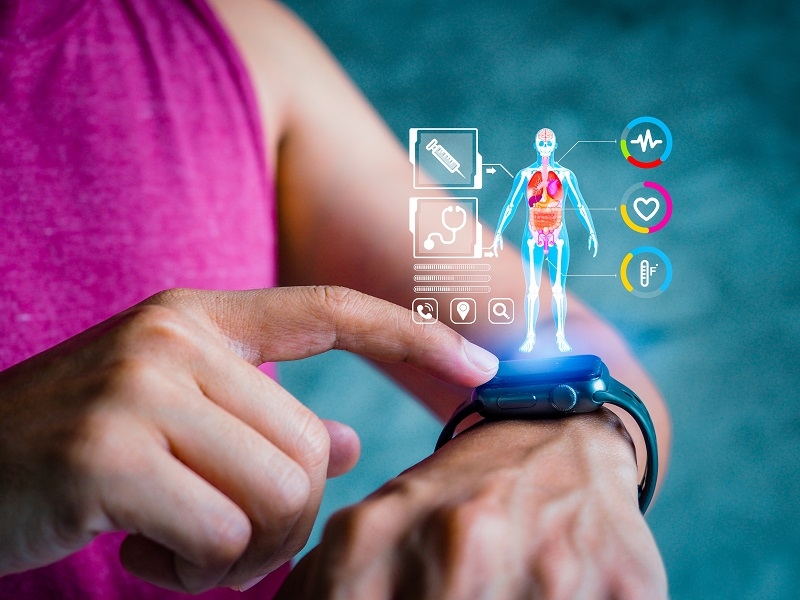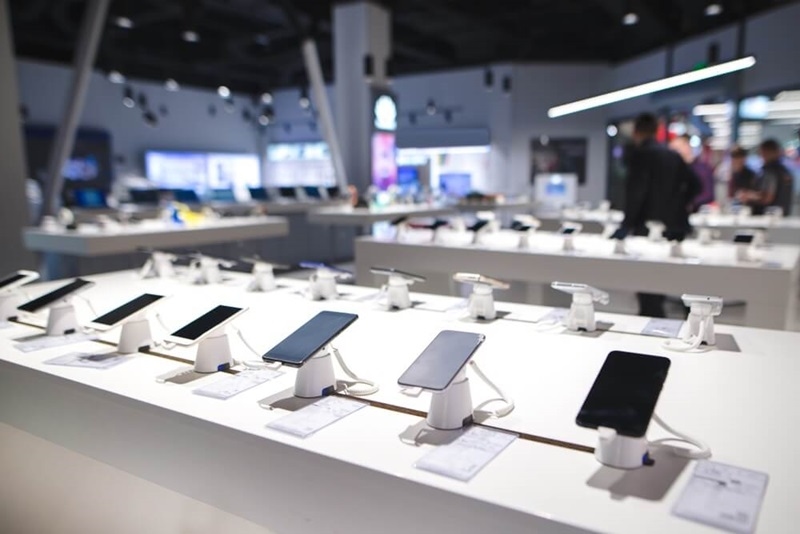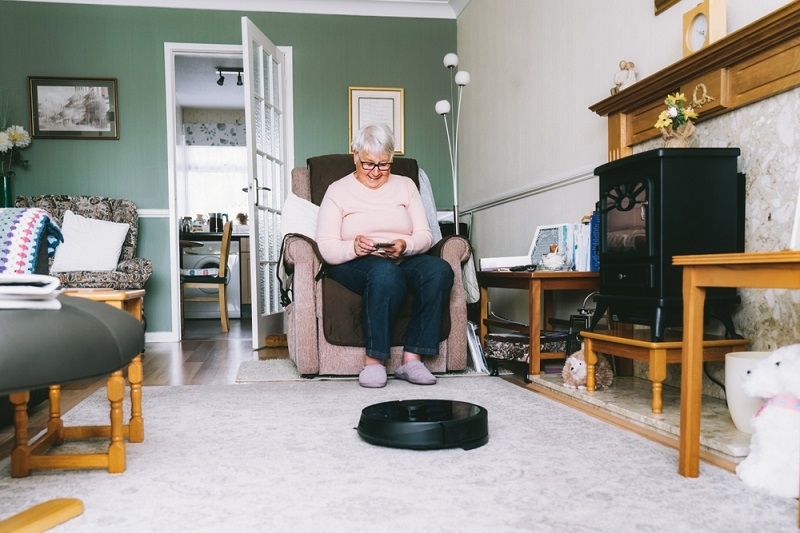
How Wearable Tech Is Shaping Fitness and Daily Living

Wearable tech has changed a lot over the last few years. What started as simple step counters has turned into a whole new way of looking after health, fitness, and daily routines. Smartwatches and fitness trackers are no longer just extras—they’ve become part of how people live, especially for anyone interested in health monitoring and staying connected without always being glued to a phone.
We’re now seeing wearable devices that do more than track workouts. They check vital signs, guide recovery, and even share useful data with doctors. And as they keep improving, these gadgets are blending deeper into our digital lifestyle. Let’s break down what’s happening right now and what’s coming next.
From Step Counts to Full Health Companions
The first wave of fitness trackers was fun but limited—you got a step count, maybe a calorie estimate, and that was about it. Today, wearable tech does a lot more. Smartwatches can measure heart rate around the clock, track oxygen levels in the blood, give sleep reports, and even record an ECG on demand.
This focus on health monitoring is what makes modern wearable devices stand out. It’s not just about fitness anymore. These tools give people a clearer picture of how their bodies respond day and night, which is why both athletes and everyday users are wearing them.
Sensors That Actually Work
A big reason for this shift is the progress in sensors. Older trackers weren’t always accurate—you’d sometimes get strange heart-rate spikes or missed steps. The newer smartwatches and fitness trackers are a different story. They use better optical and electrical sensors, sometimes paired with temperature readings, to give more reliable data.
Accuracy matters. A step count that’s off by a hundred doesn’t matter much, but bad readings in health monitoring could be misleading. That’s why companies are putting so much effort into making sure wearable devices deliver results that users—and in some cases, doctors—can trust.
Wearables in Healthcare
One of the most exciting changes is how wearable tech is moving into healthcare. Data from smartwatches and fitness trackers is being used to monitor heart issues, track recovery after surgery, or even manage sleep disorders. For doctors, having continuous information from patients outside the clinic is valuable. For users, it means spotting issues earlier and getting better advice.
Of course, this only works if the data is secure and accurate. That’s why we’re seeing more effort around regulations, approvals, and partnerships between wearable tech companies and healthcare providers. The line between personal wellness and professional healthcare is starting to blur.
Longer Battery Life
If there’s one complaint people have about wearable devices, it’s charging. Nobody wants to take off their watch every night, especially when sleep tracking is one of the most popular features. The good news is that battery performance is improving. With these new fitness trackers and smartwatches able to last for several days without charging, it seems every company is trying to go even further. From low-power processors to adaptive tracking that shuts down the processor when one is resting, everything is pointing toward longer runtimes. Solar charging or motion-based charging, if it ever comes to fruition, could save the users the trouble of charging their devices day after day.
Looks and Comfort Still Matter
Whatever the technology may be, if the device itself is bulky and ugly, most people will not wear it. Hence, design is being made into a big part of wearable tech. Modern-day smartwatches don't look much different from traditional watches, while fitness trackers are slender and light as can be.
Customization is another trend—bands, bezels, and finishes that match personal style. Since wearable devices only help when you wear them consistently, companies know that comfort and design are just as important as the tech inside.
Personal Coaching Instead of Just Data
Data on its own isn’t very useful. What makes wearable tech valuable is how it interprets that data. Smartwatches and fitness trackers are starting to act like coaches. Instead of saying “you slept 6 hours,” they’ll suggest adjusting bedtime. Instead of “you did 10,000 steps,” they’ll guide you on recovery or training balance.
This kind of personal feedback makes health monitoring more actionable. This also has an immediate link to how wearable devices form a digital lifestyle, offering real-time support based on what currently happens in your body.
![]()
Beyond Fitness and Sleep
In the days gone by, smartwatches and fitness trackers were all about exercise and rest. The new wave of wearable technology is venturing into the following new fields:
- Supportive mental health with stress tracking and breathing reminders
- Safety, such as fall detection for elderly people
- Workplace wellness programs to monitor fatigue and posture
- Reminders about medications to assist in staying on track with treatment
These kinds of uses show how wearable devices are moving from fitness gadgets to all-around life tools.
Privacy and Trust
With all the data these devices collect, privacy can’t be ignored. People want control over who sees their information and how it’s used. Stronger security, clear privacy settings, and the option to keep data on-device are becoming priorities for both users and makers.
For wearable tech to keep growing, companies need to win and maintain that trust. Without it, no amount of features will matter.
A Growing Ecosystem
Now, the world of wearable tech is no longer coastal; the small capital gets baptized on the waters. Smart rings, sensor-bearing earbuds, and tracking-imbued clothing-lots of these are entering the stage. Along with the good old smartwatch and fitness tracker, they work towards forming a more concrete picture of health and activity.
An expansion like this endows the wearable tech industry with more flexibility. People can, instead of choosing one gadget, manufacture a minuscule ecosystem to fit their lifestyle, be it fitness, health monitoring, or just general life-ease.
Choosing the Right Device
When shopping for a new smartwatch or fitness-tracking device, it is only sensible to consider them for:
- Good sensors to monitor health accurately.
- Battery that would hold for a couple of days.
- A design and a feel that you will like to wear.
- In sync with your apps and manner of digital lifestyle.
- Clear privacy and data-sharing controls.
Otherwise, this device is of no use to you if it can hardly fit into your life.
Looking Ahead
Wearable technology is being along connected from now on, more accurate, and more indispensable. Smartwatches and fitness trackers will delve even more into healthcare with layers of variation provided by new implantable-type wearables like smart rings or smart clothing.
Health monitoring will get smarter, moving from simply recording data to predicting and preventing problems before they happen. At the same time, design and accessibility will keep wearables practical for everyday use.
Final Thoughts
Wearable tech has come a long way from simple pedometers. Today’s smartwatches and fitness trackers are powerful tools that fit neatly into the digital lifestyle while offering health monitoring features that can genuinely make a difference.
As the technology grows, wearable devices will become less about “gadgets” and more about everyday essentials—helping people stay healthier, safer, and more connected without being overwhelming. The future of wearable tech isn’t just about what these devices can measure, but how they become part of life in a natural and meaningful way.




